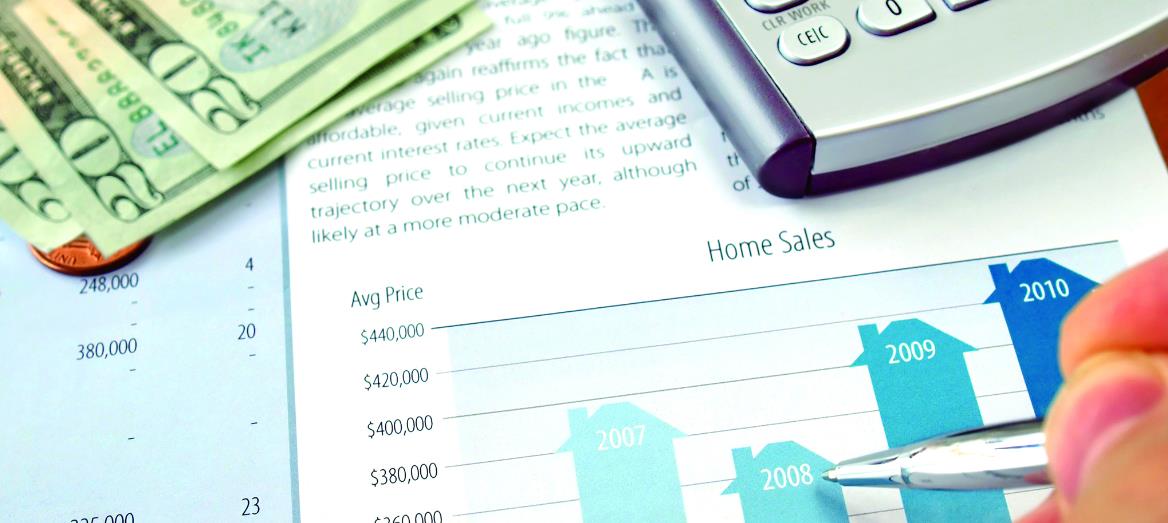There is a need for valuation when someone is buying or selling any property. It is through the valuers that a property can be available at the right price.
However, how much do we really know about property valuation? Vicky How, Principal of Bloomland Property Consultants shares some important tips when it comes to this topic.
LOAN APPLICATION
There has been some misconception that property buyers and investors are eligible to obtain bank loans up to the rate of 90% of the purchase price for their first and second property. However, the reality is that not all parties are able or eligible to secure 90% loan financing. When you apply for a bank loan to finance the purchase of your first or second property, the bank will take into consideration two important factors:-
i. The financial status of the borrower; and
ii. The value of the property.
Notwithstanding that you have an impeccable financial record, i.e your income is more than sufficient to cover the loan, you are not heavily geared and you have one or more financially active bank account with healthy cash flow, the banker must factor the value of the property into its risk assessment.
APPOINTMENT OF A VALUER
The banker is required to appoint a valuer from its list of valuation panel to value the particular property. The bank can only grant a loan up to 90% of the property value based on the valuation report.
For example, you have entered into a sale and purchase agreement to buy a property for the sum of RM500,000. You have applied to Bank M for a loan. Bank M appoints one of its bank panel’s valuer to value the property and prepare a written valuation report.
The valuer evaluates the property and values the property for the sum of RM450,000 only. Based on the value on the written valuation report, the purchaser can obtain a loan of up to 90% of RM450,000 and not 90% of RM500,000.
DEFINING THE VALUE
How does the valuer determine the property value? The valuer obtains the most recent transacted sales price from JPPH (Jabatan Penilaian Dan Perkhidmatan Harta) and make the necessary adjustments based on the condition of the property and value added from renovation (if any). Therefore, properties in the same area located next to each other will not necessarily share the same value.
Using the same example above, one may argue that the market is currently selling at RM500,000 but why is the valuation of the property at the rate of RM450,000 only?
One of the reasons is that the JPPH only updates its sale transaction data every three to six months. Whilst the property price may increase tremendously over the period of three to six months, the valuer has to rely on the sale transaction data which is not up to date with the latest market value.
A SUMMARY ON HOW VALUER FITS INTO THE PICTURE
RENOVATION
Another reason for the above is that the house sold for RM500,000 could be heavily renovated whereas the house you bought valued at RM450,000 is just a bare unit or has not gone through much renovation. Property buyers and property investors must bear in mind that valuers will only take into account the following renovation which could possibly add value to the property:-
a. change of flooring;
b. permitted extension;
c. built in kitchen cabinet(s) and wardrobe(s);
d. plaster ceiling(s);
e. grill(s);
f. alarm system(s); and
g. auto gate system.
Some houses may be renovated recently but the work is hardly noticeable or the home is poorly managed, which in turn would not add much value to the property.
OTHER FACTORS
- The location of the property.
- Accessibility: The property with high accessibility increases in value. A good example would be Setia Alam in Shah Alam and Bandar Bukit Raja in Klang. There are three highways linking Setia Alam and Bandar Bukit Raja to Kuala Lumpur. The Light Rail Transit 3 is on track to being completed in the first quarter of 2020. There are daily buses from KL to Klang and vice versa leading to Klang Sentral Bus Terminal located within 5 minutes drive from Setia Alam and Bandar Bukit Raja.
- Facilities: Proximity to facilities such as private hospital and international or private schools increases the value of properties.
- Amenities: Are there any features that provide comfort, convenience or pleasure? The proximity of properties to shopping malls, recreation centres such as sports centres, theatres and restaurants increase in value over time.
- Close proximity: Properties with close proximity to sewerage systems, power stations and overhead power lines tend to be less valuable due to the risk factor associated.
- West: Properties that face the west tend to be less valuable as the afternoon sunlight comes in at an almost horizontal angle and higher costs will be incurred to increase cooling of the property.
- T-Junction: Properties that face a T-junction tend to be less valuable due to the risk factor associated with increased chances that vehicles might collide with the gate of the said properties.
Resources: WMA PROPERTY

